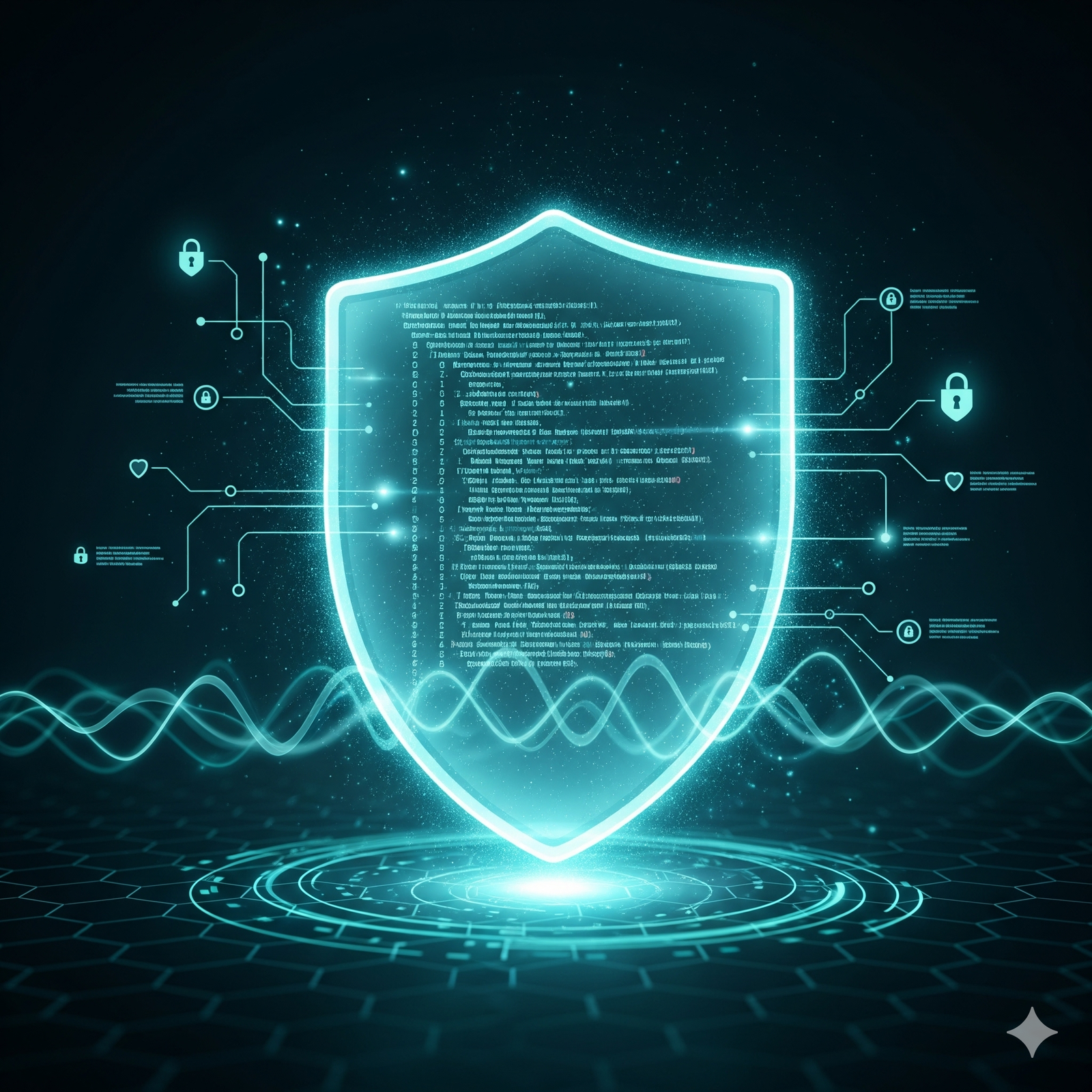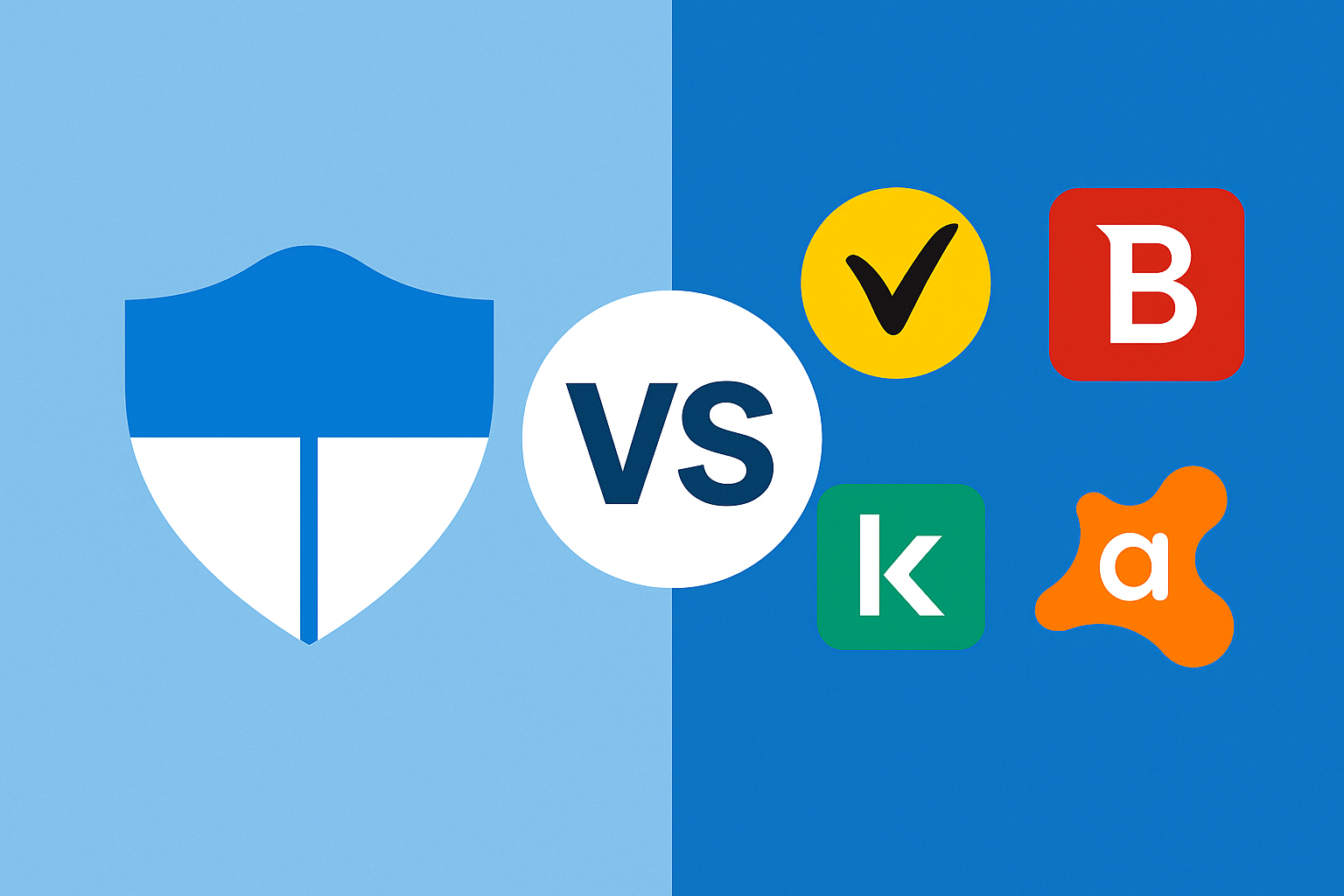Software Integrity Verification: Ensuring Trust in Digital Systems
Introduction
Software powers nearly every part of our lives—from business operations and healthcare to finance and personal communication. But with this reliance comes the risk of tampering, malware injection, and unauthorized modifications. This is where software integrity verification becomes essential. It ensures that applications remain authentic, untampered, and secure. By verifying software integrity, organizations protect users, maintain trust, and reduce the risk of breaches.
What Is Software Integrity Verification?
Software integrity verification is the process of confirming that a software program has not been altered, corrupted, or compromised since its creation. It validates that the code delivered and installed matches the original version released by the developer.
This process helps detect unauthorized changes such as:
- Malware insertion
- Unauthorized code modifications
- Data corruption
- Version mismatches
By maintaining integrity, organizations ensure that software functions as intended, free from hidden threats or vulnerabilities.
Why Software Integrity Verification Matters
Security and Protection
Cybercriminals often exploit modified or counterfeit software to install malware or steal data. Integrity verification prevents such threats by confirming authenticity.
Compliance Requirements
Industries like healthcare, banking, and government face strict regulations that mandate software authenticity and data protection. Verification supports compliance with these standards.
Trust and Reliability
Users need assurance that the software they download or update is genuine. By applying software integrity verification, businesses build credibility and customer trust.
Business Continuity
Software corruption or unauthorized changes can cause downtime, financial loss, and reputational damage. Integrity verification reduces these risks significantly.
Methods of Software Integrity Verification
1. Checksums and Hash Functions
Developers generate a unique digital fingerprint (hash value) for the software. Users can compare this value with the official version to confirm authenticity.
2. Digital Signatures
Software publishers use cryptographic keys to sign their applications. If the digital signature is valid, the software is verified as original and untampered.
3. Code Signing Certificates
Trusted certificate authorities issue code signing certificates. When software carries this signature, operating systems and browsers recognize it as safe.
4. Secure Boot Mechanisms
Many systems use secure boot processes to verify that only trusted software loads during startup, preventing unauthorized modifications.
5. Runtime Integrity Checks
Beyond installation, some systems perform runtime checks to continuously verify that the software remains unaltered while running.
Best Practices for Software Integrity Verification
Implement Strong Cryptographic Methods
Rely on advanced encryption algorithms and secure hash functions (e.g., SHA-256) for stronger protection.
Regularly Update Verification Systems
Outdated integrity verification processes can be bypassed. Keeping tools updated ensures they can detect the latest threats.
Educate End Users
Organizations should guide users on how to check digital signatures, verify checksums, and avoid unverified software sources.
Integrate Verification Into CI/CD Pipelines
For developers, embedding integrity checks into continuous integration and delivery pipelines ensures that only verified code reaches production.
Combine With Other Security Measures
Pairing software integrity verification with antivirus software, intrusion detection, and strong access controls provides layered protection.
Applications of Software Integrity Verification
- Healthcare: Protects medical devices and patient software from tampering.
- Finance: Verifies banking applications and trading platforms for secure transactions.
- E-commerce: Ensures payment systems and shopping platforms remain secure.
- Government: Safeguards defense and administrative software against manipulation.
Future of Software Integrity Verification
As threats evolve, integrity verification methods are becoming more advanced. Artificial intelligence is being used to detect anomalies in code behavior, while blockchain technology offers transparent, tamper-proof software validation. In the future, these innovations will make software integrity verification even more reliable and efficient.
Conclusion
In an age where cyberattacks and software tampering pose serious risks, software integrity verification is a necessity, not an option. It safeguards users, ensures compliance, and protects business operations from costly disruptions. By using checksums, digital signatures, secure boot processes, and continuous verification, organizations can guarantee that their software remains authentic and trustworthy. Adopting integrity verification today is a proactive step toward building a safer digital future.




Comments are closed